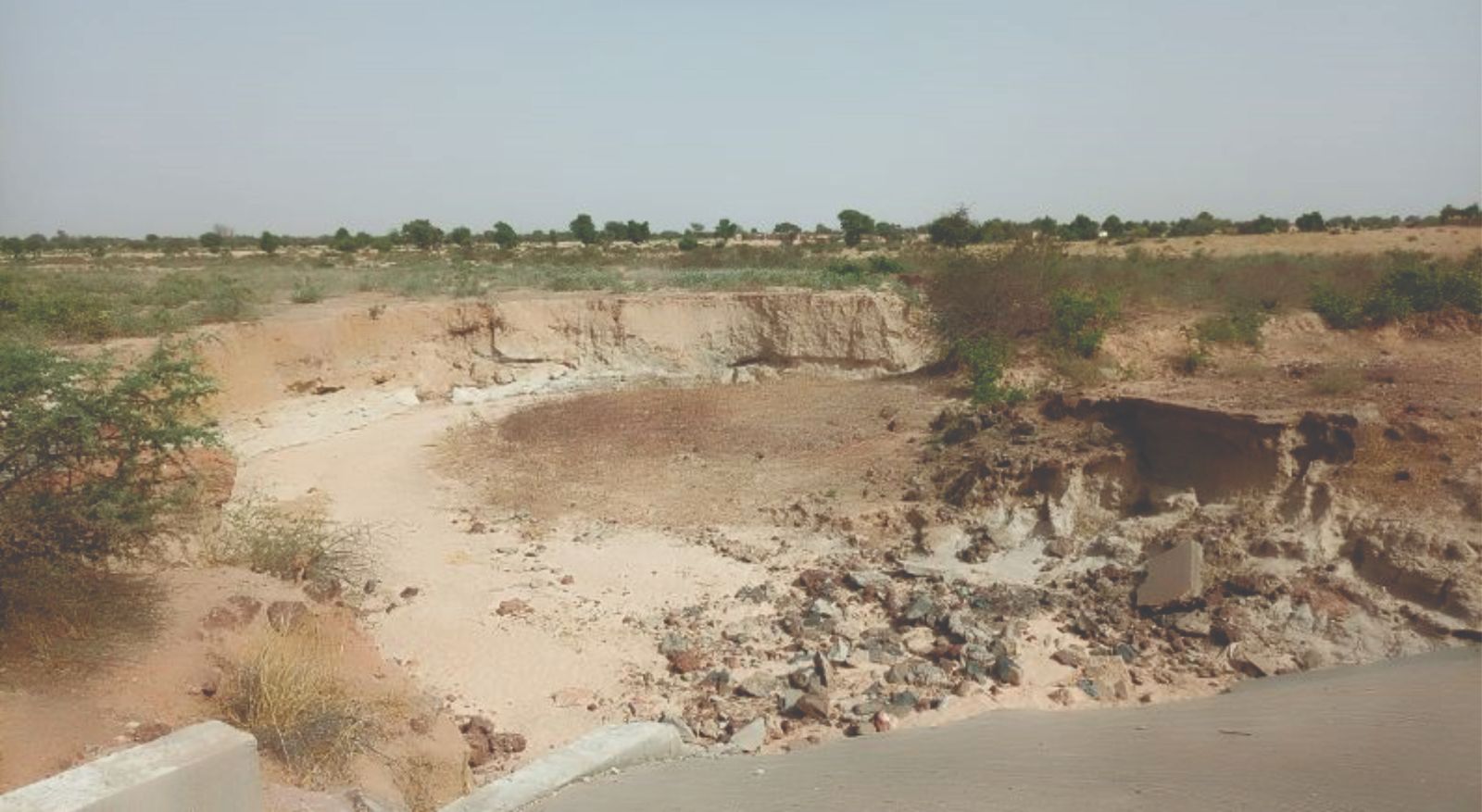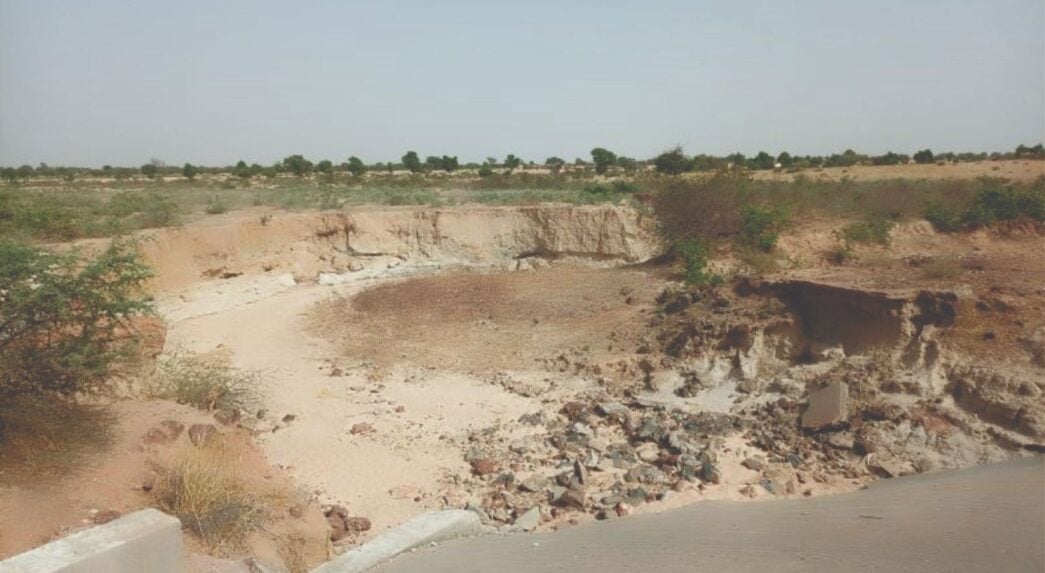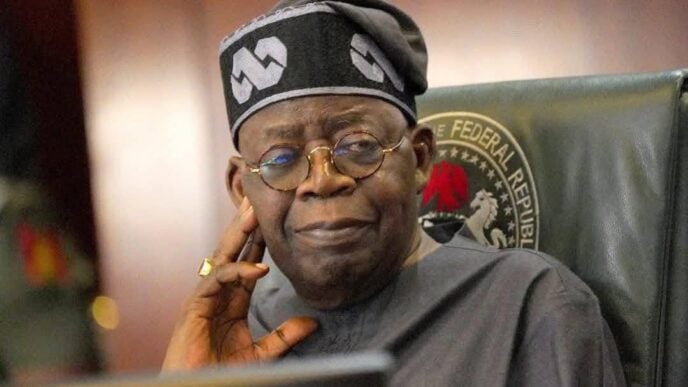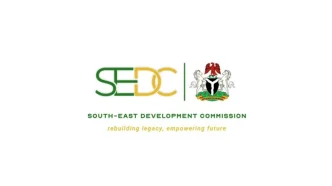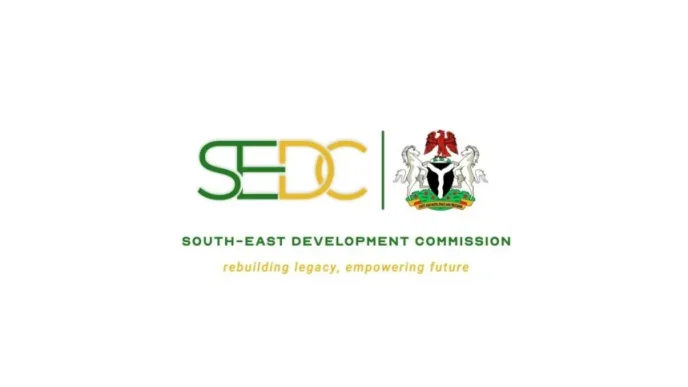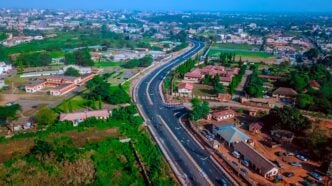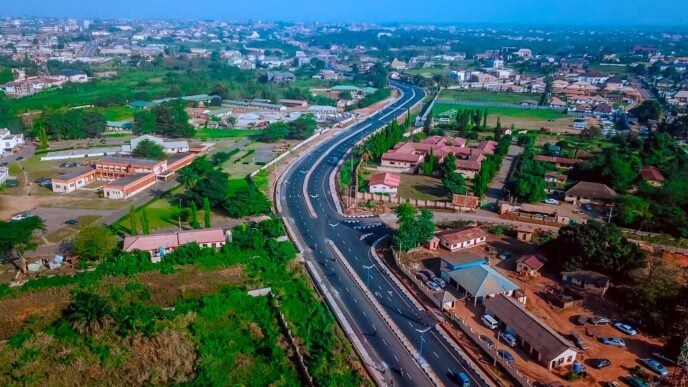How erosion is removing nutrients from soil and topsoil, increases water runoff and causes the death of new plants. | Photo: African Journal of Landscape Architecture
We are in the midst of another wet season in northern Nigeria, and the inhabitants of the ancient city of Kano are once again facing a rude awakening moment of ecological challenge. It is part of the 21st-century global concerns that our ancient city is getting used to. Submerged streets have become a stark reminder of the dangers of climate change.
Yet, flooding is one of many ecological concerns in a city grappling with perennial ecological degradation. Gully erosion (at the outskirts), depleted underground water, and rising temperatures in the summer are some of these realities.
Unlike elsewhere, perhaps, the Kano flooding streets case is accentuated by a poor and inadequate urban drainage system, appalling sanitation culture, as the people dump refuse in the few drainages that help evacuate the water– as well as aggressive land reclamation, which has culminated in the disappearance of numerous ponds and open spaces in the ancient city.
These ponds, particularly, were playing the pivotal roles of absorbing excess water during a season like this and also helped in replenishing the underground stock. With a burgeoning population and deficit in water supply infrastructure pressure is put on the underground water with aggressive boreholes drilling, confounding the challenge. But how did we find ourselves in this quagmire?
Advertisement
While trying to answer this query, my search led to several seminal works on the subject matter. A particular paper, “Land Degradation and Environmental Quality Decline in Urban Kano” by Prof Aliyu Salisu Barau, stands out.
Barau provides both the diagnosis and the prescription.
According to the cerebral academic, pre-colonial Kano city and its urban infrastructure were influenced by the religion of the people. Kano benefited from Islamic principles of land use planning, such as harim and hima, which date back to the first Islamic century”.
Using a sketch of 1826, Barau opined that, to a certain degree, Kano complied with most of the 9 requirements for planning a built urban environment as identified by a leading 14th /15th century Muslim scholar, ‘Abd al-Rahman Ibn Khaldun, in his famous work, Mukaddimah.
Advertisement
“Town walls and spaces for urban agriculture to boost food security, as well as ponds and marshes that could prevent urban flooding, all feature in the above sketch. Indeed, the vast vacant urban lands made it possible for the population to draw some basic ecosystem services and means of livelihoods, including from its market, which was a supply base for Tran’s Saharan trade at that time,” he wrote.
Away from the Islamic principle of urban planning, Barau also drew some parallels with the late 19th-century work of Ebenezer Howard’s To-morrow: a Peaceful Path to Real Reform. Howard’s theory, according to him, envisioned a utopian-like city where a balance between people and nature that emanates through the efforts and actions of individuals exists.
“Indeed, the whole idea of garden city rotates around institutions since individuals would need some routine behaviours and regulations that can translate into individual and eventually collective actions that support environmental sustainability. Howard proposed an ideal city for an industrialised Europeancity and America. The model was proposed at the time when such countries struggled to address so many brown pollution issues that threaten human health and wellbeing,” he explained.
But when did we start getting it wrong? Again, Barau has the answer: “Few years after becoming the capital of the newly created Kano State in 1967, the city soon lost its centuries-old land sustainability idiosyncrasies. The major driving forces of the pressure on urban land, rapid population growth, and centralisation of development and infrastructure could be the driving forces behind changes in urban environmental quality”.
Advertisement
Among the consequences he observed are the unprecedented land conversion, including increased frequency of urban flooding, erosion, disappearance of most open and green spaces, near exhaustion of underground water, etc. The cumulative impacts of these sustainability challenges, according to him, make the future of urban Kano bleak.
This is perhaps why the alarm bells should ring constantly to reawaken our sense of urgency.
The Kano population has continued to grow at an asymmetrical rate with its urban infrastructure. Apart from the high fertility rate of the people, the city has continued to absorb an influx of migrants from other people displaced by insecurity in the region. This necessitates concerted efforts by the policy makers and all stakeholders to be innovative and collaborative with a view to finding new approaches and solutions to the growing crisis.
The state government has taken a bold step by choosing a youthful hand to lead its climate change initiatives with the appointment of Dr. Dahir Muhammad Hashim, who is also a climate change activist, as the Commissioner of Environment and Climate Change. He, however, deserves the support of all stakeholders to succeed.
Advertisement
Musa, an indigene of Kano, wrote in from Abuja
Advertisement
Views expressed by contributors are strictly personal and not of TheCable.

